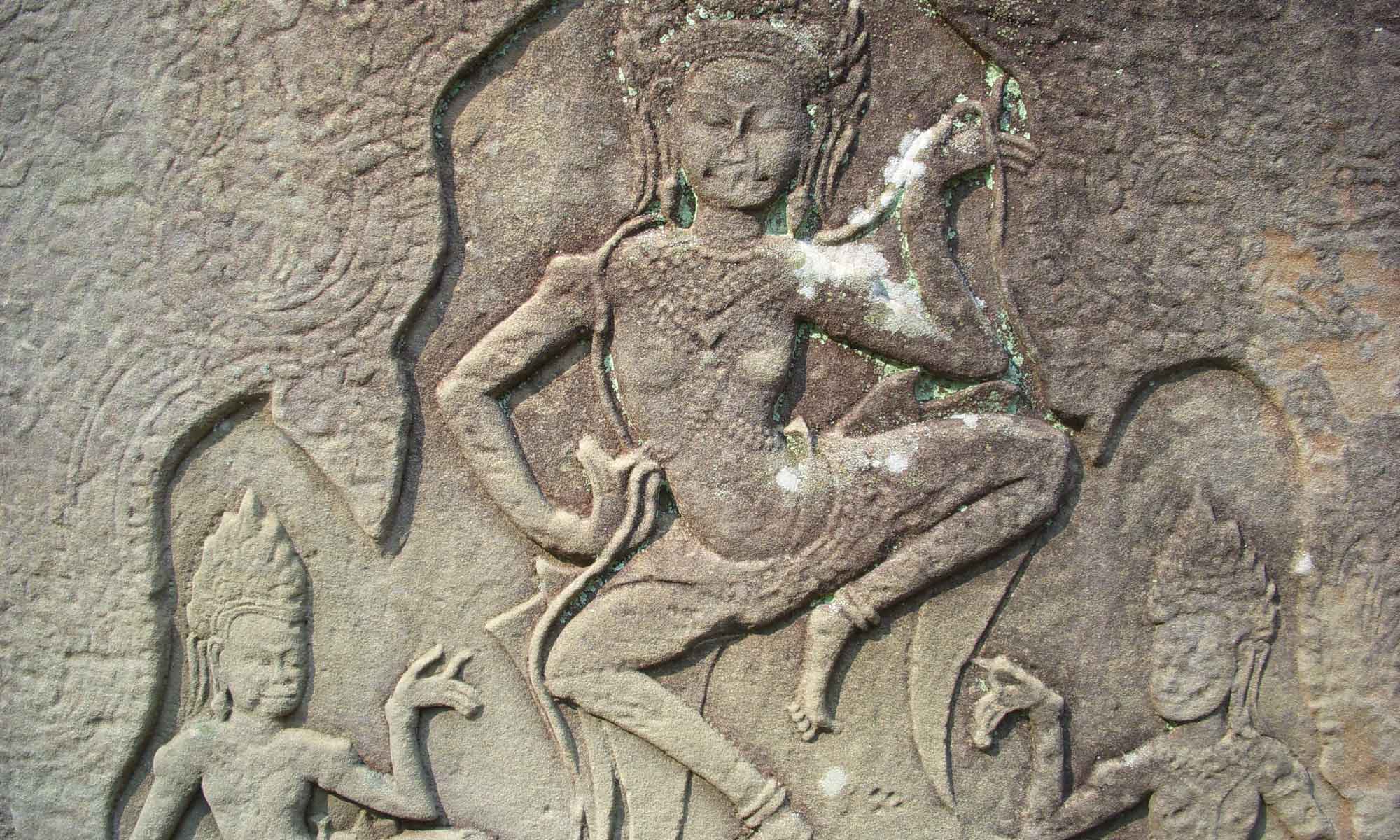Saturday, March 29, 2025, Westward Look Inn, Tucson AZ
Sarasvati Honorable Mention: Matriarchy in Bronze Age Crete: A Perspective from Archaeomythology and Modern Matriarchal Studies

The Sarasvati Awards for best Nonfiction Book in Women and Mythology were announced at ASWM’s 2025 conference. Because this year there were strong contenders for the award, the committee chose to give an Honorable Mention to Inner Traditions (Archaeopress) for Matriarchy in Bronze Age Crete: A Perspective from Archaeomythology and Modern Matriarchal Studies by Joan Marie Cichon (2022).

The award letter reads as follows:
The following criteria were used to determine the winner of the award:
1) Communication: we considered this book to be well organized and written with a clear articulated inquiry that engages a wide array of specialist scholars in the field of Bronze Age Crete and matriarchal studies. At the same time, Chicon’s arguments are equally accessible to nonspecialists working in the fields of feminist mythological/Goddess studies.
2) Conceptual Framework: This book advances the field of feminist mythological/Goddess studies, archaeomythology, and Bronze Age Crete. Chicon expertly applies archaeomythological and matriarchal studies to reframe existing theories on the social make-up and belief systems of Bronze Age Crete, making a compelling case for the very real possibility that it was primarily matriarchal and venerated a Great Goddess.
3) Originality: Other specialist books on Bronze Age Crete tend to minimize or discredit the possibility of matriarchy and reverence for a Great Goddess out of preconceived academic biases about male-centric societal organization and worship. While other non-specialist books provide vital clues and evidence about specific aspects of goddess worship and matriarchal societal elements, Chicon’s unique background bridges both worlds. She utilizes the most up to date information from matriarchal studies and archeomothology and applies it to her decades of research on ancient Crete, making her book wholly unique. In particular, Chicon’s use of comparative mythology and linguistics to reexamine specific artworks and archeological data as evidence for their deeper symbolic meanings connected to Great Goddess worship is both refreshing and convincing.
4) Global, Ethical, and Social Awareness: this book gives evidence of Chicon’s book expanded our awareness of the regional exchange of ideas, symbolic imagery, and patterns that flowed from ancient Anatolia into Crete. She also compares examples of artworks from contemporary cultures, including Egypt and Mesopotamia, to amplify and better understand potential meanings of Cretan images. Chicon’s book seamlessly dialogues with voices from a diverse group of scholar specialists, including those who have presented ethnographic information on premodern and modern matriarchal and matrilineal societies. In doing so, Chicon gives us an alternative view of the Bronze Age, one that includes the presence of a relatively egalitarian society in which women were centered, rather than marginalized. Not only is this important in terms of reassessing human history, but it also encourages modern readers to consider the human capacity for alternate models of societal organization for the present and future.

In short, we believe this book is invaluable for interdisciplinary studies of feminist mythology, matriarchy, archaeomythology, and Bronze Age Crete. We would strongly recommend it as a resource to faculty, researchers, and general readers. We congratulate you on choosing an excellent author and producing a beautiful book.

